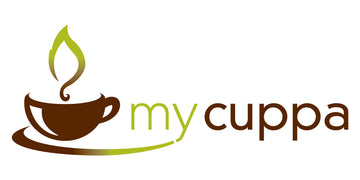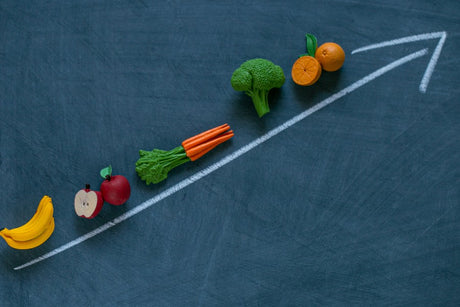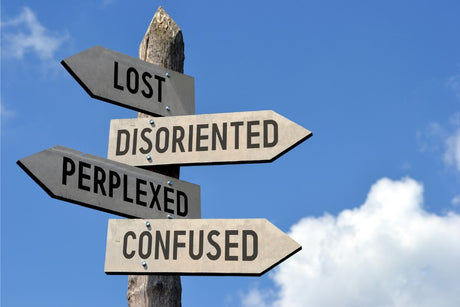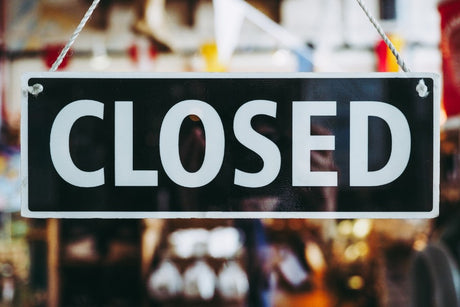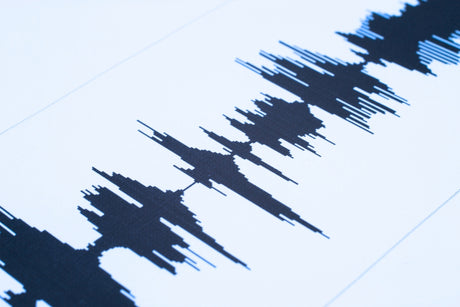Hit me with coffee flavour.
The flavour is a complex beast. It's a multi-headed one.
Every day, we face the constant obstacle of articulating a link or relationship between coffee and flavour.
Some days, we might succeed, while others must effectively convey the message about coffee flavour.
While this might seem frustrating and detract from the joy of transforming something as plain as raw coffee into an intoxicating beverage, the energy and desire to convince customers remains.
But it's a problem that occurs across a spectrum of coffee consumers.
It doesn't matter if you are an experienced barista who has owned and run specialty coffee cafes for many years or a chef trying to improve the beverage in their food-focused/dominated establishment.
One obvious case is when mycuppa customers write a simple message in their order comments section for a Roaster's Choice product purchase.
"Something strong with full-bodied flavour please".
But what does STRONG mean when it comes to coffee?
It is a topic I have written on a few times previously - unpacking the definition or explanation of coffee strength.
So, the first myth to clear is that strength is not a characteristic of raw coffee.
All arabica coffees possess the same relative strength, e.g. caffeine levels.
As coffee roasters, we don't go through a list of 600 raw coffees imported into Australia every year looking for the words "strong" or "strong flavour".
Why?
Because that is not how raw coffees are graded or rated.
Raw coffees are not offered on a scale from 1 to 10 in "strength". That's just a mythical scale invented by retailers.
It would make it easy to pick the coffees that are a "10" so that we have a more powerful coffee portfolio than our competitors.
Unfortunately, that's not how the coffee industry works.
Most coffee roasters in Australia, 98+ %, are all offered the same list of coffees simultaneously. That's a realistic statement, by the way, not a hypothetical.
There are no secrets, exclusives, or specials lost. It is a level playing field upon which coffee roasters make selections and choices as buyers.
We all buy based on our perception of quality or value - just the same as any buyer would approach purchasing a new car, house or appliance.
While coffee brands may focus more on value or costs and others on quality, that's normal human behaviour.
OK, so now we have this "same list" clarified.
What's next?
Roasting.
A coffee bean is roasted to bring out its unique flavour profile, including acidity, body, sweetness, and finish.
You can under-roast that coffee to accentuate the original character of the bean, such as stone fruit, acids, etc., but it comes at the cost of body, flavour and finish.
Similarly, over-roasting the coffee bean may enhance body, finish, flavour, etc.. Still, you reduce or diminish the fruit, acid, and sweetness and introduce the undesirable taints of chary and ashy bitterness.
The flavour generated by the coffee is a function of the brew efficiency.
If you extract the espresso shot well, the resultant brew will contain adequate flavour and all of the other desirable attributes that contribute to an enjoyable beverage.
The single biggest challenge with coffee consumers is the knowledge and skills required to adapt to the variable nature of coffee.
Fresh versus aged coffee, grind setting, dosage, purging, temperature, brew times, etc., all influence the outcome to a greater extent than the original coffee bean.
Unfortunately, we live in a world where the consumer thinks the bean makes the difference, not the brewing.
A skilled person can take a coffee that someone might deem or judge as "mild" or "weak" and produce something truly superb.
The secret is knowing how to compensate for that moment - how fresh the coffee is, stale grinds retention in the grinder, dose levels, extraction efficiencies, etc.
Many coffees have an equivalent "strength" rating - you may be surprised at that statement, and many might disagree!
It means that flavours are comparable, and the differences you are tasting are, in fact, acids, fruits, tannins, etc.
Or you are tasting the difference between caramel and cocoa - which one has the stronger flavour? Answer = that depends.
The flavour is a highly variable attribute - it can depend upon your genetics, mood (feelings), aromatics, past experiences (memories), etc.
Smell accounts for a large portion of what we regard as "taste" in food and beverage, as both taste and smell work similarly using receptor cells that produce signals that travel via the sensory pathways to the brain.
Some coffees exhibit more aromatics than others.
For example, many African and Colombian coffees produce high levels of aromatics. These sensations can preempt the taste experience so that physical flavour can appear more enhanced or "stronger".
When I dealing with coffee and hearing the word "strong", I immediately replace the word "strong" with "rich".
Most people equate strong coffee with bitterness. However, their preference for bitterness may be due to their habit of adding sugar to instant coffee or milk-based espresso.
Bitter coffee is easy to create - roast the beans without any sense of control or precision and dump them at any period after 2nd crack arrives - simple, no skill, no care and just a rough cup with the bitterness hidden by the sweetness of textured milk and sugar granules.
Rich is something altogether different.
Richness is about complexity, sweetness, body, aroma, and balance.
The objective for a coffee lover is to achieve a rich brew by perfecting the technique of brewing or extraction.
